- What are peaches and why are they popular?
- The benefits of growing your own peaches
- Choosing the Right Variety
- Factors to consider when selecting a peach variety
- 1. Climate suitability
- 2. Chill hour requirements
- 3. Disease resistance
- 4. Harvest time
- 5. Flavor and texture
- Peach varieties recommended for different regions
- 1. Early-season varieties
- 2. Mid-season varieties
- 3. Late-season varieties
- 4. Cold-hardy varieties
- Planting and Site Requirements
- Best time to plant peaches
- Key Points to Consider:
- The ideal location for growing peaches
- Caring for Peach Trees
- Watering and Fertilizing Peach Trees
- 1. Watering
- 2. Fertilizing
- 3. Mulching
- 4. Monitoring
- 5. Overwintering
- Question-answer:
- How do I plant peach trees?
- When is the best time to plant peach trees?
- How often should I water peach trees?
- Do peach trees need to be pruned?
- When are peaches ready to harvest?
- Video: Our first garden tour!
If you’ve ever tasted a ripe, juicy peach straight from the tree, you know just how delicious they can be. But growing peaches can be a challenge for even experienced gardeners. From choosing the right variety to caring for your tree, there are a lot of important questions to consider. In this article, we’ll answer five of the most common questions about growing peaches, so you can enjoy your own homegrown fruit.
1. What variety of peach should I choose?
When selecting a peach variety, it’s important to consider your climate and the amount of space you have. Some varieties are better suited for colder climates, while others thrive in warmer regions. You’ll also want to choose a variety that suits your taste preferences. Some peaches are sweeter and juicier, while others have a more tart flavor. Do some research and ask your local gardening experts for recommendations based on your specific needs.
2. When is the best time to plant peach trees?
Peach trees should be planted in late winter or early spring, when the soil is workable and the risk of frost has passed. This allows the tree to establish its roots before the hot summer months. Make sure to choose a location that receives full sun and has well-draining soil. If you live in an area with harsh winters, consider planting your peach tree in a protected spot or using a hardy variety that can withstand colder temperatures.
3. How do I care for my peach tree?
Peach trees require regular care to ensure healthy growth and abundant fruit production. Water your trees deeply once a week, especially during dry periods. Fertilize in early spring and again in late summer with a balanced fertilizer. Prune your peach tree in late winter to remove dead or damaged wood, shape the tree, and improve air circulation. Mulch around the base of the tree to conserve moisture and suppress weeds.
4. How long does it take for peaches to ripen?
The time it takes for peaches to ripen can vary depending on the variety and growing conditions. On average, peaches take about 3-4 months from bloom to harvest. They are typically ready to be picked when they are firm but give slightly to gentle pressure. The color of the peach should also be vibrant and the fruit should have a pleasant aroma. Be sure to check your tree regularly and harvest the fruit when it’s at its peak ripeness.
5. How do I know if my peach tree is getting enough water?
One of the most common mistakes people make when growing peaches is not providing enough water. A lack of water can lead to small, dry fruit or even cause the tree to die. To ensure your peach tree is getting enough water, check the soil moisture regularly. Stick your finger into the soil about 2-3 inches deep. If it feels dry at that depth, it’s time to water. Deep, infrequent watering is better than light, frequent watering, as it encourages the roots to grow deeper.
By following these tips and answering these important questions, you’ll be on your way to successfully growing peaches in your own backyard. Soon, you’ll be enjoying the sweet taste of homegrown peaches and sharing them with friends and family!
What are peaches and why are they popular?
Peaches are juicy fruits that belong to the Rosaceae family and are botanically classified as Prunus persica. They originated in China and quickly spread to other parts of the world. Peaches have a distinctive round shape with a velvety skin that can vary in color, ranging from yellow to orange-red.
One of the main reasons peaches are so popular is their incredible taste. They have a sweet and tangy flavor that is highly enjoyable, making them a favorite fruit for many people. Their juiciness adds to their appeal, making them a refreshing snack, especially during the summer months.
Peaches also have a wide range of culinary uses, making them versatile in the kitchen. They can be eaten fresh, sliced and added to salads, used as a topping for desserts like pies and tarts, or blended into fruit smoothies. Additionally, peaches can be canned or turned into preserves for long-term storage.
Another reason peaches are popular is their nutritional value. They are low in calories and fat, making them a healthy option for those watching their weight. Peaches contain essential vitamins such as vitamin C, vitamin A, and vitamin E, as well as minerals like potassium and magnesium.
In addition to their taste and nutritional benefits, peaches are also popular for their aesthetic appeal. The vibrant colors and smooth texture of peaches make them visually pleasing, making them a popular choice for display in fruit baskets or as a decorative element in salads or desserts.
Overall, peaches are popular due to their delicious taste, versatility in the kitchen, nutritional value, and aesthetic appeal. Whether eaten fresh or incorporated into various dishes, peaches are a beloved fruit that continues to be enjoyed by people all around the world.
The benefits of growing your own peaches
Taste and quality: Growing your own peaches allows you to enjoy the freshest, juiciest, and most flavorful fruit possible. Unlike store-bought peaches that may have been picked before they fully ripen, homegrown peaches can be harvested at the peak of perfection, ensuring superior taste and quality.
Control over pesticides and chemicals: By growing your own peaches, you have complete control over the use of pesticides and chemicals. You can choose to grow your peaches organically, avoiding the potential health risks associated with ingesting harmful chemicals found in some commercially grown peaches.
Cost savings: Growing your own peaches can save you money in the long run. While there may be initial expenses involved in setting up and maintaining a peach tree, the cost per pound of homegrown peaches is significantly lower compared to store-bought peaches. Plus, you’ll have an abundant supply of peaches during the harvest season, reducing the need to purchase them from the supermarket.
Satisfaction and pride: There is a great sense of satisfaction and pride that comes with successfully growing your own peaches. Taking care of a peach tree and witnessing it grow, blossom, and bear fruit can be a rewarding experience. Sharing your homegrown peaches with family and friends can also be a source of joy and pride.
Environmental benefits: Growing your own peaches contributes positively to the environment. By avoiding the use of pesticides and chemicals, you help reduce pollution and protect ecosystems. Additionally, growing your own food reduces the carbon footprint associated with transporting and packaging store-bought peaches.
Choosing the Right Variety
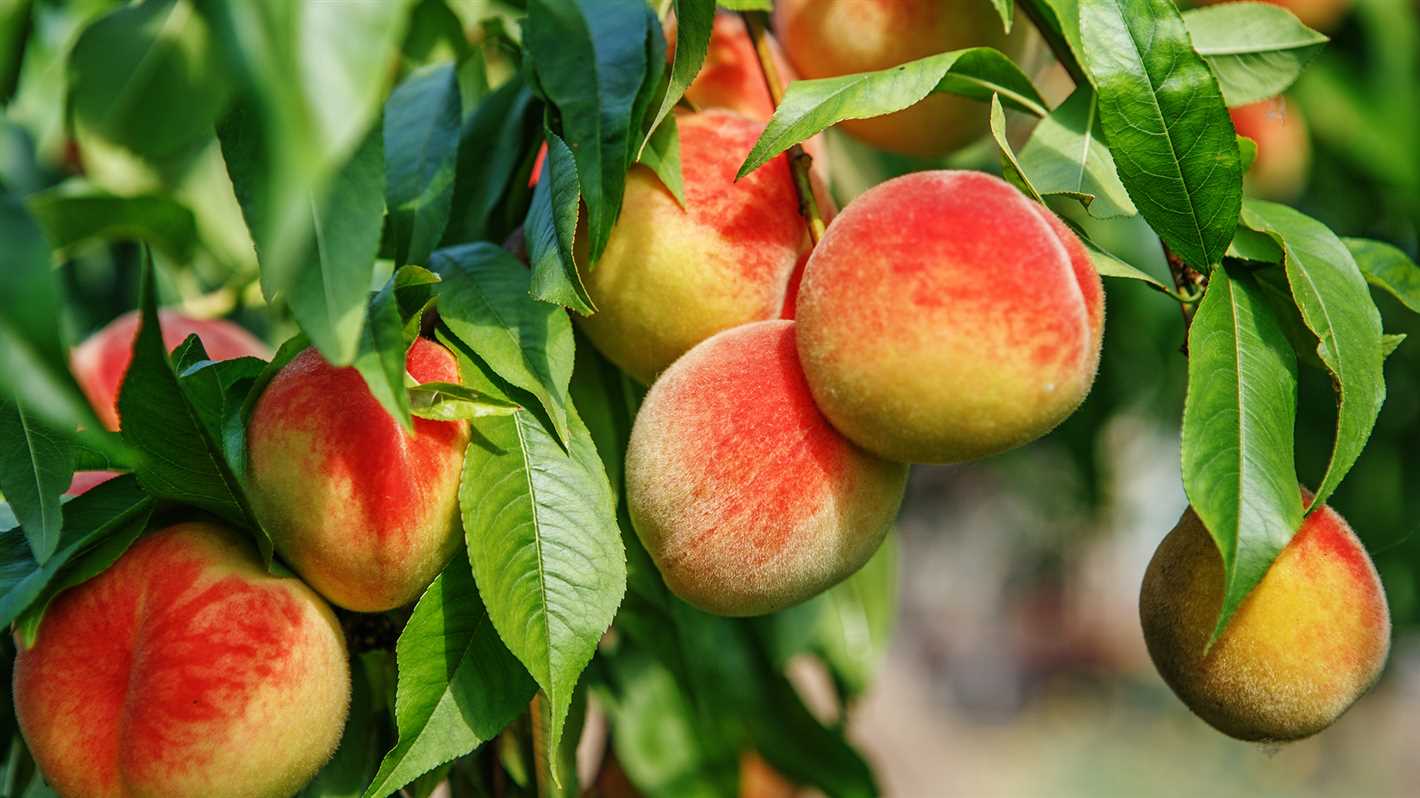
When it comes to growing peaches, it’s important to choose the right variety for your region and climate. There are many different peach varieties available, each with its own characteristics and requirements. Here are some important factors to consider when choosing the right variety:
- Climate: Peaches have different chilling requirements, which is the number of hours of cold temperature they need in order to set fruit. Make sure to choose a variety that is well-suited to your climate. Some varieties require more chilling hours, while others require less.
- Ripening time: Peach varieties can have different ripening times, ranging from early to late season. Consider when you want your peaches to ripen and choose a variety that fits your desired harvest window.
- Size: Peaches come in different sizes, from small to large. Consider the size that is most suitable for your needs and preferences. Larger peaches may be better for fresh eating, while smaller ones may be ideal for canning or baking.
- Taste and texture: Different peach varieties can vary in taste and texture, ranging from sweet and juicy to tangy and firm. Consider the flavor profile you prefer and choose a variety that matches your taste preferences.
- Disease resistance: Some peach varieties are more resistant to common diseases, such as peach leaf curl or brown rot. If you want to minimize the need for chemical sprays and increase the chances of a healthy crop, choose a variety that is known for its disease resistance.
By considering these factors and researching the different peach varieties available, you can choose the right variety that will thrive in your garden and provide you with delicious peaches.
Factors to consider when selecting a peach variety
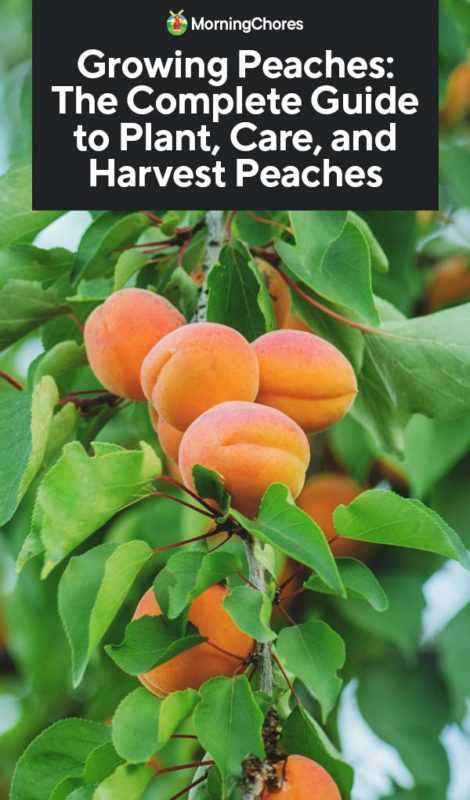
When selecting a peach variety to grow, there are several factors that you should consider. Here are some important aspects to keep in mind:
1. Climate suitability
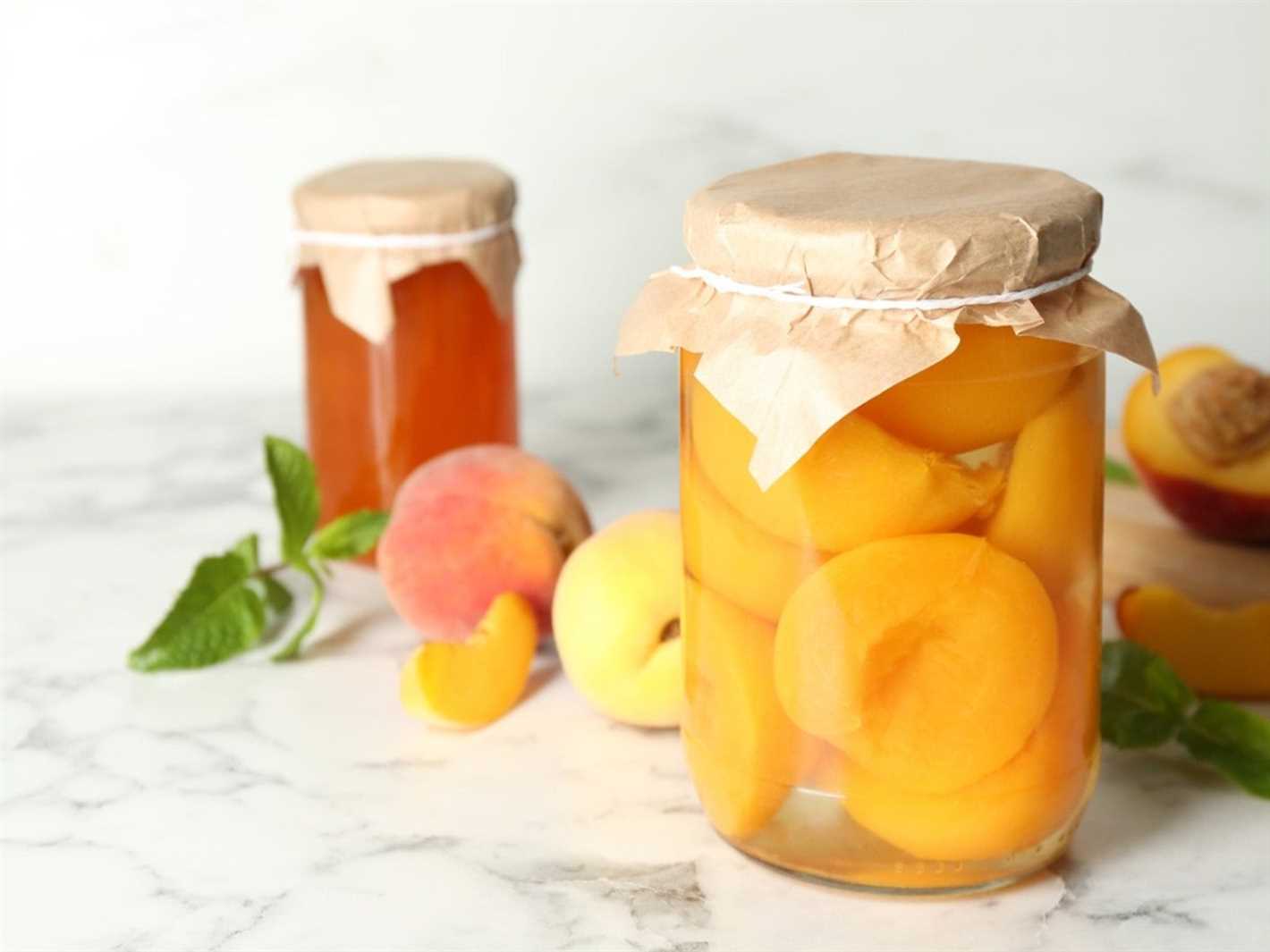
Peach trees have different climate requirements, so it’s crucial to choose a variety that is well-suited to your specific climate conditions. Some peach varieties thrive in hot and dry climates, while others are better suited to cooler regions.
2. Chill hour requirements
Peach trees require a certain amount of chilling hours during the winter to break dormancy and produce a good crop. Different peach varieties have different chill hour requirements, so make sure to select a variety that matches the chilling hours in your area.
3. Disease resistance
Peach trees can be susceptible to various diseases, such as peach leaf curl, brown rot, and bacterial spot. When choosing a peach variety, consider its resistance to common diseases in your region. Opting for disease-resistant varieties can help reduce the need for chemical treatments and make your peach-growing experience more successful.
4. Harvest time
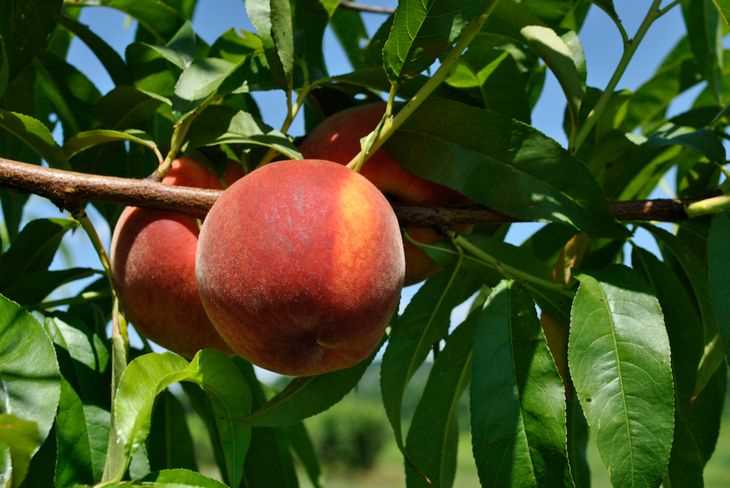
Peach varieties have different maturation times, ranging from early to late season. Consider when you want to harvest your peaches and choose a variety that fits your preferred harvest time. This will ensure a more convenient harvesting schedule and a longer season of enjoying homegrown peaches.
5. Flavor and texture
Lastly, consider the flavor and texture of the peaches you prefer. Some varieties are sweeter, while others have a more acidic taste. The texture can also vary, with some peaches being firm and others being soft and juicy. Taste and texture preferences are subjective, so choose a variety that suits your personal preferences.
By considering these factors, you can select a peach variety that is well-suited to your climate, disease-resistant, and has the desired flavor and texture. This will increase your chances of success and ensure that you can enjoy delicious homegrown peaches for years to come.
Peach varieties recommended for different regions
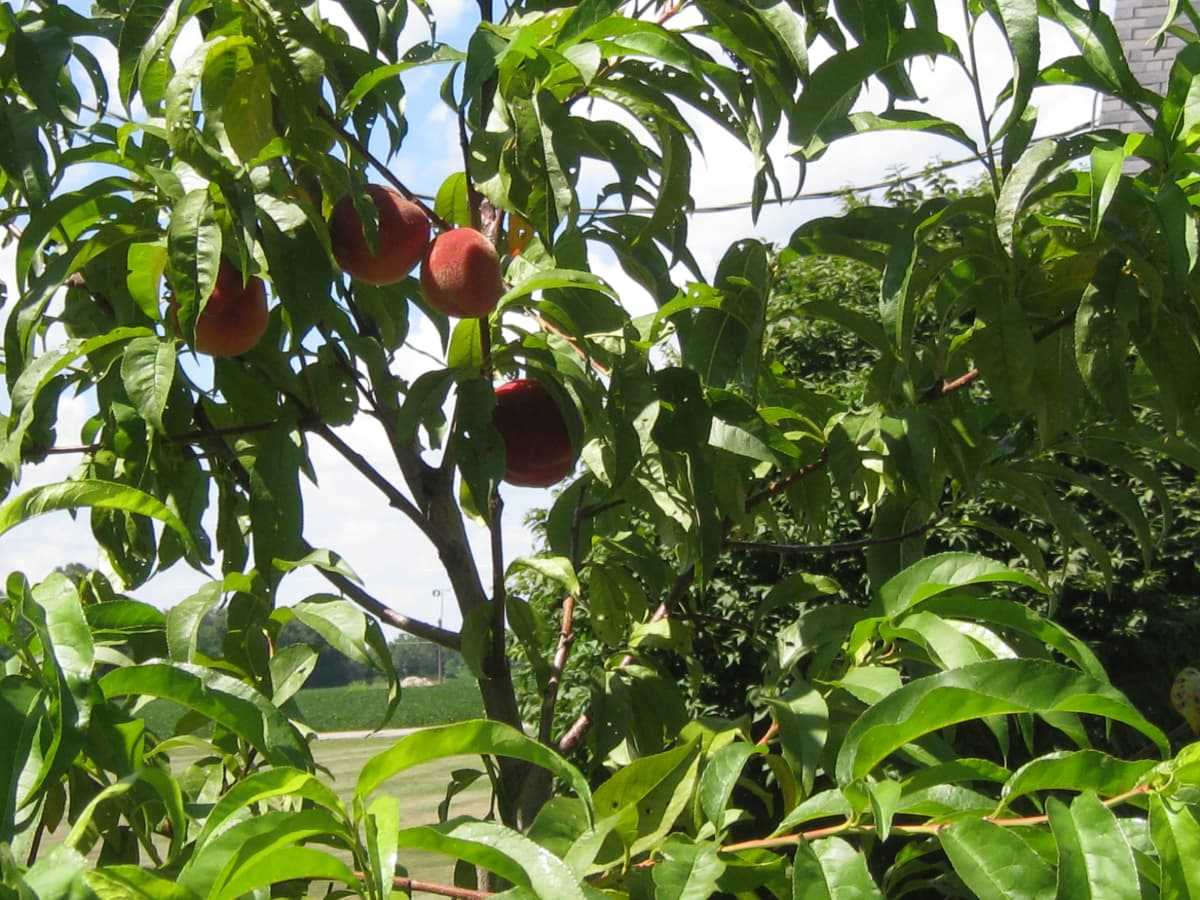
Choosing the right peach variety for your region is crucial for a successful harvest. Different peach varieties have different requirements and thrive in different climates. Here are some peach varieties recommended for different regions:
1. Early-season varieties
Early-season peach varieties typically ripen in late spring or early summer. These varieties are ideal for regions with cooler climates or shorter growing seasons. Some popular early-season peach varieties include:
- Earligrande
- Earlirich
- Early Redhaven
2. Mid-season varieties
Mid-season peach varieties ripen in the middle of summer and are suitable for regions with moderate climates. These varieties are known for their exceptional flavor and juicy texture. Some recommended mid-season peach varieties include:
- Redhaven
- Cresthaven
- Fantasia
3. Late-season varieties
Late-season peach varieties ripen in late summer or early fall and are ideal for regions with long, warm growing seasons. These varieties are often larger in size and have a firm texture. Some popular late-season peach varieties include:
- Elberta
- Encore
- Harvester
4. Cold-hardy varieties
For regions with harsh winters and cold temperatures, cold-hardy peach varieties are the best choice. These varieties can withstand freezing temperatures and still produce fruit. Some recommended cold-hardy peach varieties include:
- Reliance
- Madison
- Frost
When selecting a peach variety, it’s important to consider your specific region’s climate and growing conditions. Consult with local nurseries or agricultural extension offices to determine which peach varieties are best suited for your area.
Planting and Site Requirements
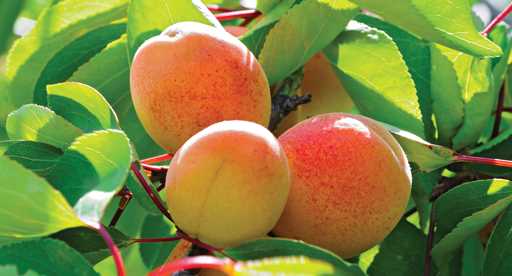
When it comes to planting peach trees, it is important to choose the right location and prepare the soil properly. Here are some factors to consider:
- Climate: Peaches require a certain amount of cold weather during winter to initiate bud formation. The specific climate requirements may vary depending on the peach variety you choose. It’s important to select a peach variety that is suitable for your climate zone.
- Soil: Peaches prefer well-drained soil that is rich in organic matter. The soil should have a pH level between 6.0 and 7.0. Conduct a soil test to determine its composition and adjust the pH if necessary.
- Sunlight: Peach trees need full sun exposure to thrive. Choose a location in your garden that receives at least 6-8 hours of direct sunlight per day.
- Water drainage: Avoid planting peach trees in areas with poor drainage. Standing water can lead to root rot and other diseases. If your soil has drainage issues, consider raised bed planting or amending the soil with compost to improve drainage.
- Space: Peach trees require adequate space for growth and airflow. They should be planted at least 12-15 feet apart to prevent overcrowding and allow proper sunlight and air circulation.
Before planting your peach tree, dig a hole that is wide and deep enough to accommodate the root system. Gently remove the tree from its container and place it in the hole, making sure the bud union is above ground level. Fill the hole with soil, firm it gently, and water the tree thoroughly.
A well-chosen planting site and proper soil preparation will greatly contribute to the overall health and productivity of your peach trees.
Best time to plant peaches
Planting peaches at the right time is crucial for their successful growth and development. The ideal time to plant peach trees is in early spring, after the danger of frost has passed and the soil has warmed up. This typically occurs when the soil temperature reaches around 50°F (10°C).
Planting peaches at this time allows the roots to establish and grow before the hot summer months arrive. It also gives the tree time to acclimate to its new surroundings and develop a strong root system before winter.
It is important to note that the best time to plant peaches may vary slightly depending on your specific climate and region. Consulting with local gardening experts or agricultural extension services can provide more specific recommendations for your area.
When selecting peach trees for planting, it is essential to choose varieties that are well-suited to your climate and region. This ensures that the trees will thrive and produce abundant, high-quality fruit.
Key Points to Consider:
- Plant peaches in early spring, after the danger of frost has passed and the soil has warmed up.
- Soil temperature should be around 50°F (10°C) for optimal planting conditions.
- Allow the roots to establish before the hot summer months arrive.
- Choose peach varieties that are well-suited to your climate and region.
The ideal location for growing peaches
Growing peaches requires a specific set of conditions in order to thrive. Here are some important factors to consider when choosing the ideal location:
- Sunlight: Peaches need a lot of sunlight to grow and produce fruit. The ideal location should receive at least 6-8 hours of direct sunlight per day.
- Climate: Peaches thrive in regions with a mild climate. They require a certain number of chill hours (hours of cold temperatures) during winter in order to develop properly. A minimum of 600-1000 chill hours is recommended for peach trees.
- Soil: Peaches prefer well-drained soil with a pH level between 6.0 and 7.0. Sandy loam or loamy soil is ideal for peach trees.
- Air circulation: Good air circulation is important for reducing the risk of diseases and promoting healthy growth. Avoid planting peach trees in areas with heavy wind blocks or poor air movement.
- Proximity to water: Peach trees require regular watering, especially during dry periods. The ideal location should have access to a water source or irrigation system.
By considering these factors, you can choose an ideal location for growing peaches and maximize your chances of a successful harvest.
Caring for Peach Trees
- Watering: Peach trees need regular watering, especially during dry periods. It is important to water deeply, ensuring that the entire root zone is moistened. However, be cautious not to overwater, as peach trees do not tolerate soggy conditions.
- Fertilizing: Peach trees require regular fertilization to ensure healthy growth and fruit production. Apply a balanced fertilizer in early spring, just before new growth begins. Follow the manufacturer’s instructions for the appropriate amount and method of application.
- Pruning: Pruning is an essential part of caring for peach trees. It helps maintain the tree’s shape, remove dead or diseased branches, and improve air circulation. Prune during late winter or early spring, before new growth starts. Trim back one-third of the previous year’s growth and remove any water sprouts or suckers.
- Pest and disease control: Peach trees are vulnerable to various pests and diseases, including aphids, peach leaf curl, and brown rot. Monitor your peach tree regularly for signs of infestation or disease. Use organic or chemical controls as necessary to prevent or treat these issues.
- Harvesting: Knowing when to harvest peaches is crucial for optimal flavor and texture. The fruit should be fully ripe before picking, as peaches do not ripen well off the tree. Look for a slight softness to the touch and vibrant color. Gently twist the fruit off the stem to avoid damage.
In summary, caring for peach trees involves regular watering, fertilizing, pruning, pest and disease control, and proper harvesting. By following these guidelines, you can ensure the health and productivity of your peach trees, and enjoy delicious homegrown peaches every year.
Watering and Fertilizing Peach Trees
Proper watering and fertilizing are essential for the healthy growth and productivity of peach trees. Here are some guidelines to follow:
1. Watering
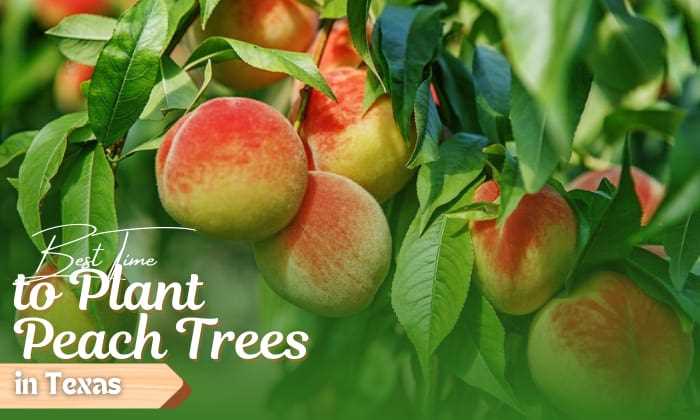
Peach trees require regular and adequate watering, especially during the growing season.
- Young peach trees should be watered deeply at least once a week to promote root establishment.
- Established peach trees should be watered deeply every 10-14 days during dry periods.
- Water the trees slowly to ensure thorough penetration into the soil and encourage deep root growth.
- Avoid overwatering, as it can lead to root rot and other diseases.
2. Fertilizing
Applying the right type and amount of fertilizer is crucial for the overall health and fruit production of peach trees.
- Before planting, mix organic matter or compost into the soil to improve fertility.
- In the first year, use a balanced fertilizer with equal amounts of nitrogen, phosphorus, and potassium.
- During subsequent years, use a fertilizer with higher nitrogen content to promote healthy leaf and shoot growth.
- Avoid excessive use of nitrogen, as it can lead to excessive vegetative growth and decreased fruit production.
- Spread the fertilizer evenly around the drip line of the tree, but avoid direct contact with the trunk.
3. Mulching
Applying a layer of mulch around the base of peach trees can help conserve moisture and moderate soil temperature.
- Use organic mulch, such as wood chips or straw, to a depth of 3-4 inches.
- Avoid piling the mulch against the trunk to prevent moisture-related diseases.
4. Monitoring
Regularly monitor the soil moisture level and the appearance of the peach tree to determine if watering or fertilizing adjustments are needed.
- Check the moisture level by inserting your finger into the soil. If it feels dry 2 inches below the surface, it’s time to water.
- Observe the leaves for any signs of nutrient deficiency, such as yellowing or stunted growth.
- Adjust the watering and fertilizing schedule based on the specific needs of your peach tree.
5. Overwintering
During the winter months, reduce the frequency and amount of watering to account for the tree’s dormancy.
- Water occasionally if there is a prolonged period of drought or if the soil becomes excessively dry.
- Do not fertilize peach trees during the winter months, as it can interfere with the dormancy process.
By following these watering and fertilizing practices, you can ensure the health and productivity of your peach trees, resulting in a bountiful harvest of delicious peaches.
Question-answer:
How do I plant peach trees?
To plant peach trees, you will need to choose a suitable location with well-drained soil and full sun. Dig a hole twice the width of the rootball and slightly deeper. Place the tree in the hole, making sure the bud union is level with the soil surface. Backfill the hole with soil and water thoroughly. Mulch around the tree to help retain moisture and suppress weeds.
When is the best time to plant peach trees?
The best time to plant peach trees is in the late winter or early spring, before the trees start to bloom. This allows the trees to establish roots without the stress of hot, dry weather. Avoid planting peach trees in the summer or late fall, as extreme temperatures and frost can damage the young trees.
How often should I water peach trees?
Peach trees require regular watering, especially during periods of dry weather. Young trees need about 5 gallons of water per week, while mature trees need about 15 gallons per week. Water deeply to encourage deep root growth, and mulch around the base of the tree to help retain moisture. Adjust watering frequency depending on weather conditions and soil moisture levels.
Do peach trees need to be pruned?
Yes, peach trees need to be pruned to maintain their shape, promote air circulation, and stimulate new growth. Pruning should be done in early spring, before the trees start to bloom. Remove any dead or diseased branches, as well as any branches that are crossing or rubbing against each other. Thin out the canopy to allow sunlight to reach all parts of the tree. Prune lightly each year to avoid excessive growth.
When are peaches ready to harvest?
Peaches are ready to harvest when they are fully ripe, which is usually indicated by their color and firmness. Most peach varieties will have a yellow or orange color when ripe, and the fruit should yield slightly when gently squeezed. The exact timing of the harvest will depend on the variety and the local climate. Harvest the peaches carefully to avoid bruising, and enjoy them when they are at their peak flavor!







